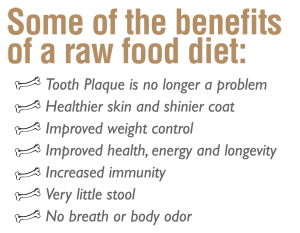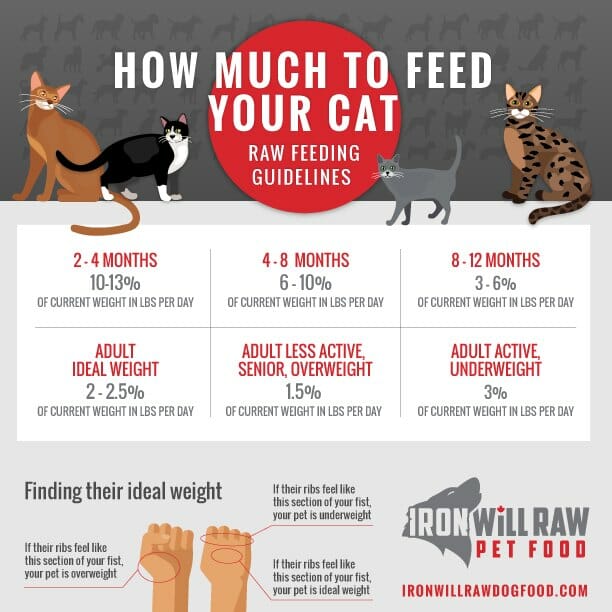Feeding Our Feline Friends
Diet is the foundation of health. At Ethereal Persians Cattery, we take extreme care to ensure our pets receive a species-appropriate, optimal diet. For felines, this means a homemade and balanced raw diet. This eliminates the intake of all by-products, grains, preservatives, colorants and sub-quality ingredients. Raw foods retain all the natural nutrients and enzymes that are denatured by the rendering and dehydration processes of cooking.
We create our raw food diet by following this Complete Formula. Due to the size of our cattery, we feed between 600-800 lbs of raw food a month. We use our LEM big bite grinder to grind meat and soft bones. We fill 42 gallon Uline buckets with our mixture and use a concrete blade to mix the meat with boiled veggies and liquid vitamins. We alternate between 4 protein sources – generally pork, chicken, rabbit and beef – on a weekly basis. We own 3 large deep freezers which we use to store raw cat food. We thaw meals every day for our furry friends. Only human-grade meat and supplements are used. Our cats are fed continually throughout the entire day to ensure no one remains hungry and all have access to fresh food.
For easy, home preparation of raw food for owners on a time constraint we recommend a product called TCFeline. It is a powder substitute for bone and organ content. When mixed in proper portions with meat it balances a raw diet in a matter of minutes. Grinding bones and portioning organ content is better for your pets health but TCFeline used to create a balanced raw diet is more far superior to feeding kibble or canned food.
Our practices have been adopted by the recommendation of several holistic veterinarians such as Dr. Karen Becker and Dr. Lisa A. Pierson. We do not worry about pathogens like salmonella or E.coli because we are well informed about our pets tolerance to these microbes. Cats are designed to handle larger pathogen loads than most people realize.
We would not be breeding today if we had not transitioned all our cats to a strict raw diet. Their health improved dramatically and our stress reduced significantly. We can positively attest that none of our cats have developed urinary blockages, kidney stones or crystals. None have food or environmental allergies. They have more tolerable breath, cleaner teeth, and healthier skin and coat. They defecate once a day; a small, nearly odorless kernel. Feeding raw has proven to reserve inflammatory bowel disease (IBD) which a few developed while eating kibble and canned foods.
Many owners call a raw diet a miracle diet. For some cats, it is the only option. We hope that you adopt a RAW food diet for your pets. Nonetheless, this is not a requirement for adopting one of our kittens.
“While our pets survive on kibble, they thrive on raw.”
DR. KAREN BECKER REGARDING KIBBLE:
An in depth look at the commercial pet food industry and the total lack of oversight. An eye opener every pet owner should watch .
Dr. Karen Becker explains how to transition your cat from kibble to can to raw.
DR. BECKER’S LIST OF TOP 13 BEST TO WORST PET FOODS
- Homemade, balanced RAW diet
- Homemade, balanced COOKED diet
- Commercially available balanced Raw food diet
- Dehydrated or freeze-dried raw diet
- Commercially available cooked or refrigerated food
- Human-grade canned food
- Super premium canned food
- Human-grade dry food
- Super premium dry food
- Grocery store brand canned food
- Grocery store brand dry food.
- Semi-moist pouched food
- Unbalanced homemade diet, raw or cooked
Dr. Karen Becker explains the importance of balanced pet food and why you should start giving your beloved pets species-appropriate homemade food.


